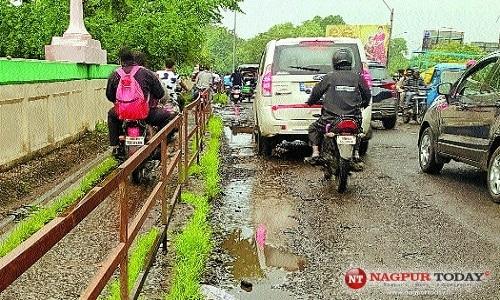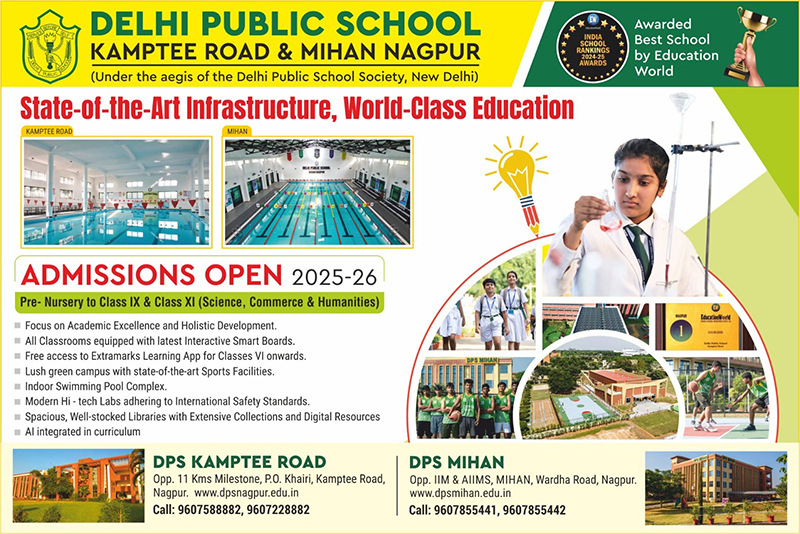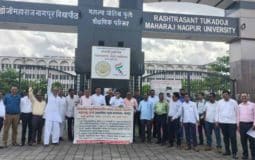Nagpur: The unplanned parallel iron bars affixed on either end of Ajni Railway Over Bridge (RoB) are doing more harm to the over 100-year old structure as its stability is getting weakened as dead weight increases due to slow moving vehicular traffic. As replacement is not yet in sight, Central Railway is forced to go for major exercise for the structure’s stability.
Along with it, the Nagpur Division of Railways is also taking up strengthening of three other bridges in the city, the one at Mominpura, the Loha Pul and the one on Nag River(Dhantoli). A budget of little over Rs 3 crore is earmarked for undertaking jacketing work that would be undertaken by Railways to enhance life of these bridges. Sometime back, Railways had commissioned a third party audit of its bridges in Nagpur wherein VNIT suggested their facelift as most of them are in service for a fairly long period and need a heavy repair to increase their life.
The Railways had given priority to Ajni since Nagpur Municipal Corporation (NMC) owing to paucity of funds has cited inability to carry out their end of bargain, repair on surface. But given the critical nature of the bridge and considerable time before the replacement bridge work gets approved, railways on its own have drawn-up plans to rehabilitate the Ajni RoB. As per the plan approved by divisional authorities, the Engineering Branch has identified the foremost need to decrease dead load, the cumulative weight at any given point of time, on Ajni Bridge. For the same, the iron parallel bars would be replaced by height gauges that would allow faster movement of vehicles.
NMC’s short sighted approach is causing more trouble at Ajni RoB for road users as well as for city police. Due to traffic snarls the cumulative load on Ajni Bridge increases which is more risky as to ensure its longevity heavy traffic was banned in the first place. But affixing of parallel bars to prevent entry of bigger axle load vehicles however was no solution. Hence now railways apart from putting-up height gauge at entry to bridge are also contemplating fail safe method wherein another height gauge might be affixed ahead, particularly on medical road, and on Ajni road, to stall heavy vehicles.
Further another important work identified for Ajni RoB is total replacement of footpaths that are prone to break-up anytime. The new concrete will be poured as per plan laid out by VNIT keeping in mind the overall need to keep overweight on bridge light but strong enough. Thereafter jacketing work to strengthen the old stone pillars would be carried out over a period of time. Similar approach is also identified for the other three railway bridges that too are needed to be replaced, which however is the primary job of NMC. The strengthening exercise planned by Railways would be similar to one undertaken earlier at Gaddigodam bridge that looks almost new one.
After the concrete work is completed, exterior and interior paint job is on cards as it helps in slowing down speed of corrosion and enhances the aesthetic look of the bridge. While the three bridges, the one at Mominpura, Loha Pul and Dhantoli are integral part of the railway network, the Ajni RoB however falls in the road category.

















